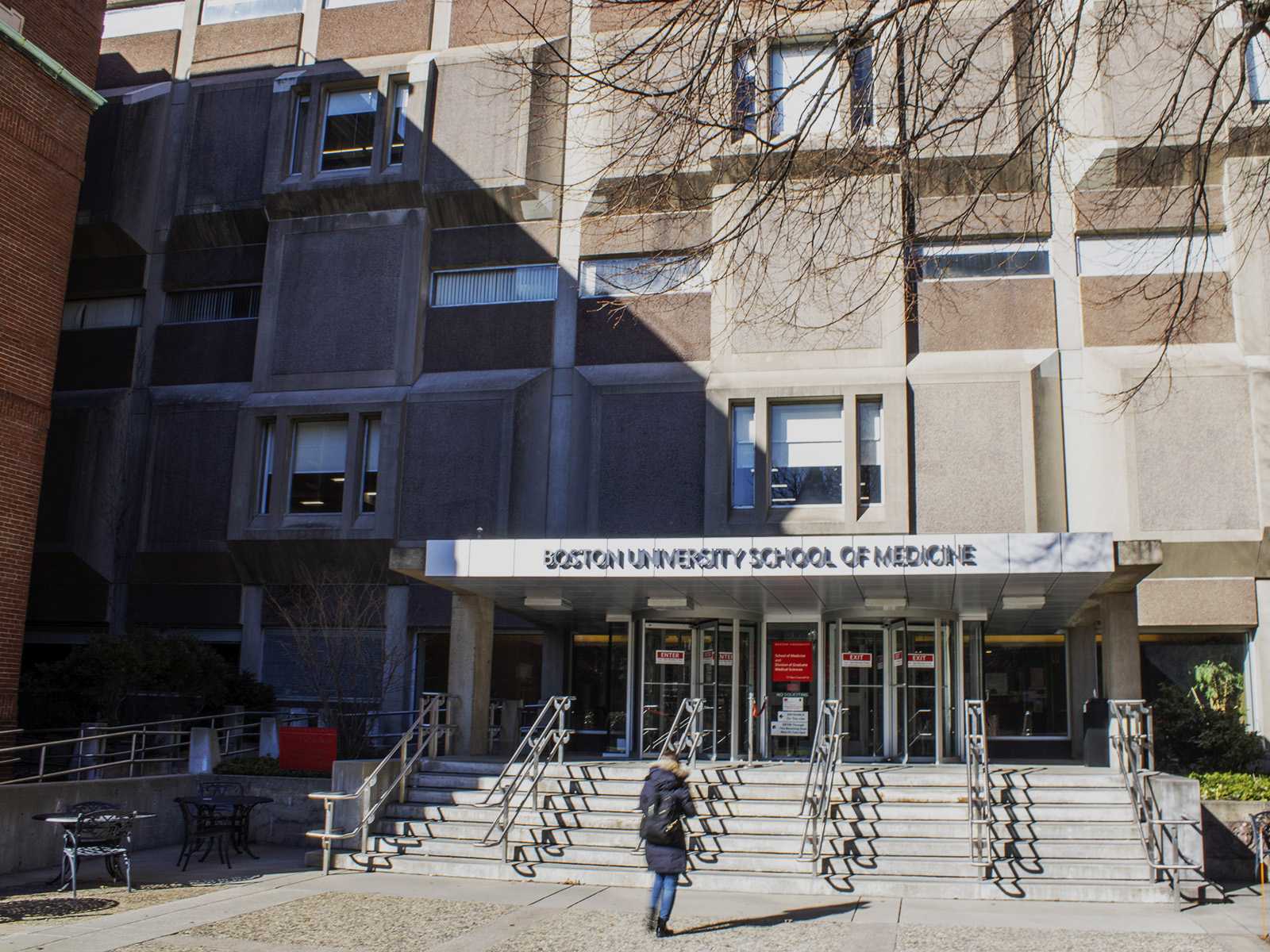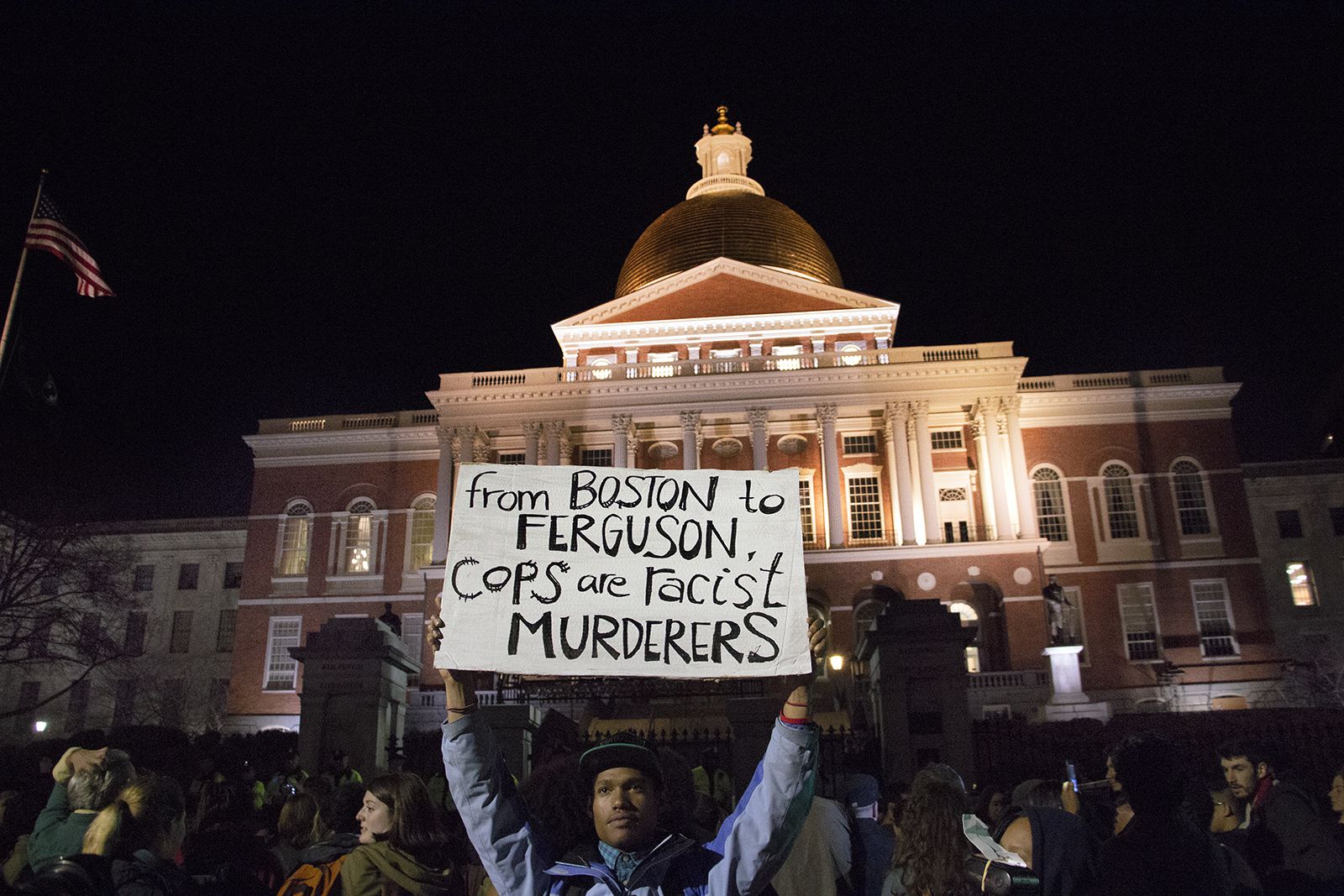Alcohol programs that use scare tactics to inform college students of the risks of drinking heavily are ineffective when compared with programs that use statistics, according to a 2008 survey by the University of Virginia published in the Journal of American College Health.
The survey said that undergraduate students exposed to social-norms marketing, or campaigns designed to highlight the differences between normal drinking behavior and the exaggerated ideas students perceive to be normal drinking behavior, were less likely to abuse alcohol.
Researchers at UVA used posters with statistics on drinking norms stating things like ‘Eighty-six percent of UVA students usually intervene to stop their friends from drinking and driving.’
‘The principles behind this are faith that when you provide young people with objective information, they will tend to use it in a responsible and safe way,’ University of Virginia executive director of the student health center and co-author of the study James Turner said.
Turner said the change to a social-norms marketing approach to cut down on college binge drinking brought results quickly.
‘In the first year or two we started seeing almost immediate improvements in the statistics that we were monitoring,’ he said.
Though social-norms advertising helped reduce the rates of risky behavior from drunken students at UVA, it did not influence the university’s regulations governing alcohol.
‘I can’t say it was a change in policy, but it was a change in fundamental theory in an approach to doing health education,’ Turner said.
The social-norm program began in 1999 and targeted UVA freshmen, because freshmen were all housed in the same dormitories, Turner said. The program’s success in the first year ‘-‘- a 25 percent reduction of overall estimated blood-alcohol content in freshmen ‘-‘- prompted Turner and his team to expand the program to include the rest of the UVA undergraduate community in 2002.
From 2001 to 2006, the percentage of students who reported driving under the influence of alcohol fell by 12 percent, according to the study. The percentage of students who were injured or hurt while under the influence fell 14 percent.
Director of the National Social Norms Institute at UVA and co-author of the survey Jennifer Bauerle said blood-alcohol levels are directly proportional to how a person acts while intoxicated.
‘The higher your BAC is, the more negative consequences you are likely to experience,’ she said.
Since 2006, Boston University has administered an online survey with freshmen, BU medicine and epidemiology professor and Youth Alcohol Prevention Center scientific Director Richard Saitz said. The surveys question freshmen on subjects like quantity, frequency and consequences of alcohol consumption. The information is fed back to the person surveyed and compares their responses to other students’ responses.
‘We can tell them ‘you are drinking more or less than X percent of other students, and here’s the proportion of other students who have experienced the consequences that you reported,” Saitz said.
School of Public Health professor William Dejong said he was involved in a similar study conducted by the National Institute for Alcohol Abuse and Alcoholism, which randomly assigned half of the 32 campuses involved to practice a social norms style marketing campaign while the other half was used as a control group.
Dejong said that campuses with a low density of bars and liquor stores within a three-mile radius experienced results, but campaigns with a high density of alcohol outlets nearby were not effected.
‘Certainly on a campus like BU there needs to be engagement with the local community on the over-service of alcohol to people who are of legal age and restricting access to minors,’ he said.
Stats scare drinking students most
By Daily Free Press Admin
•
October 30, 2008
0
Donate to The Daily Free Press
Your donation will support the student journalists of Boston University. Your contribution will allow us to purchase equipment and cover our annual website hosting costs.
More to Discover




















































































































